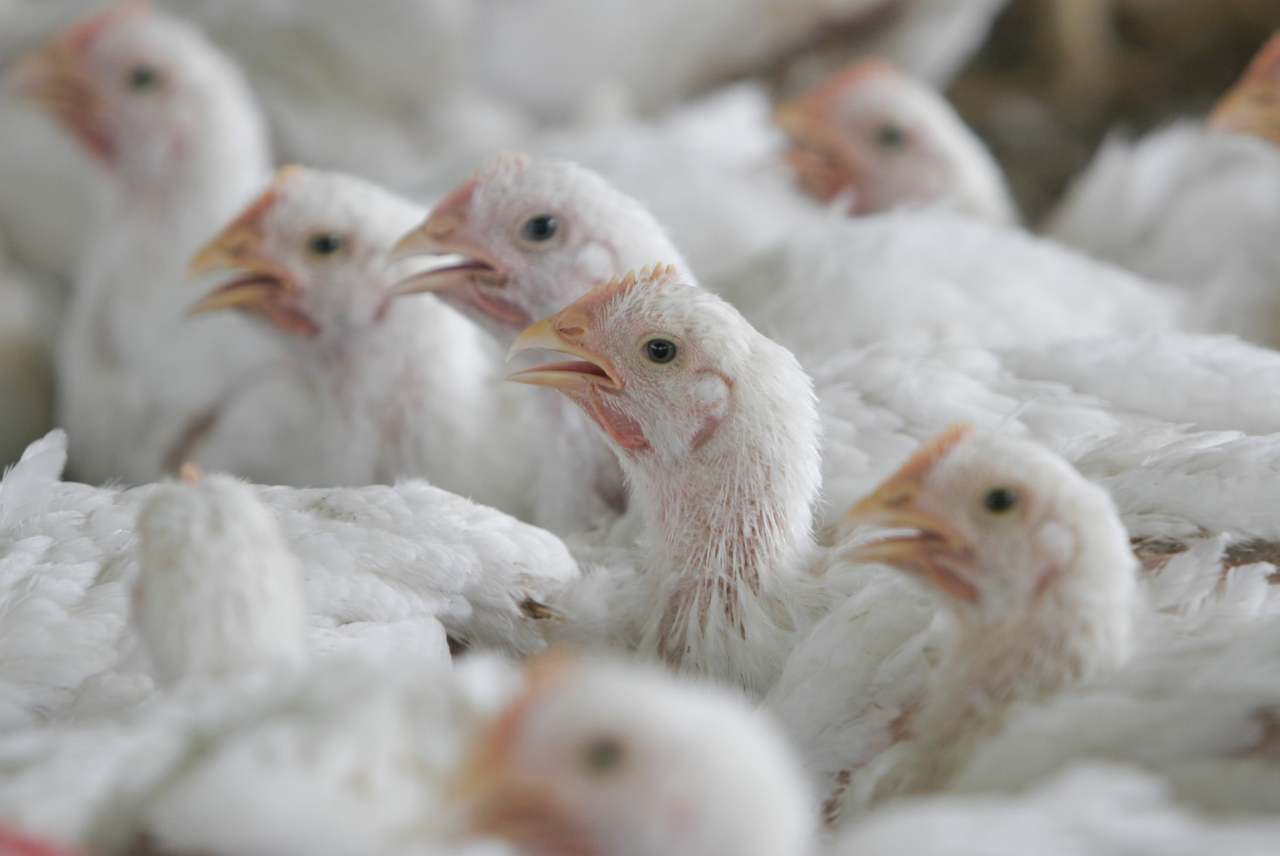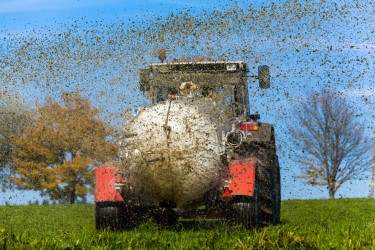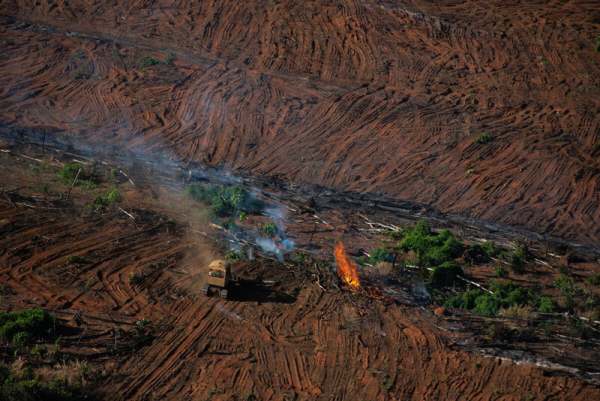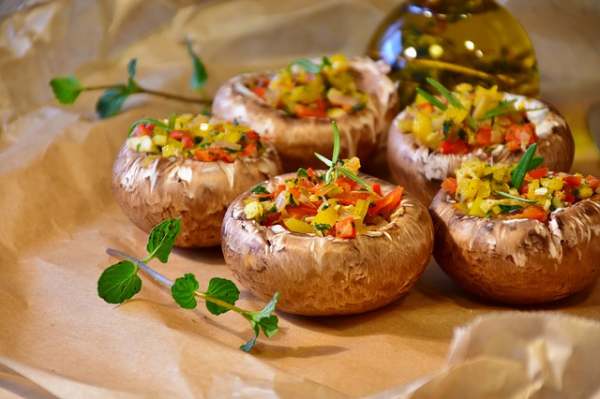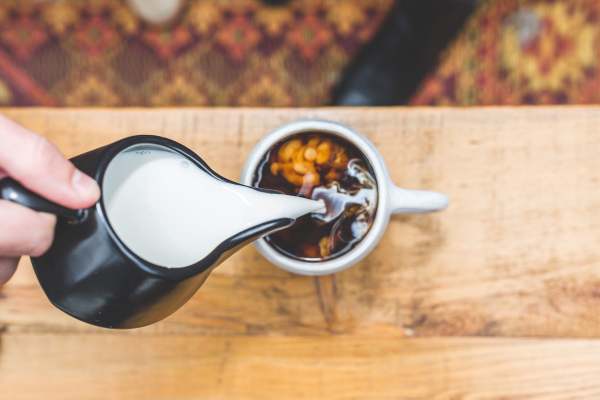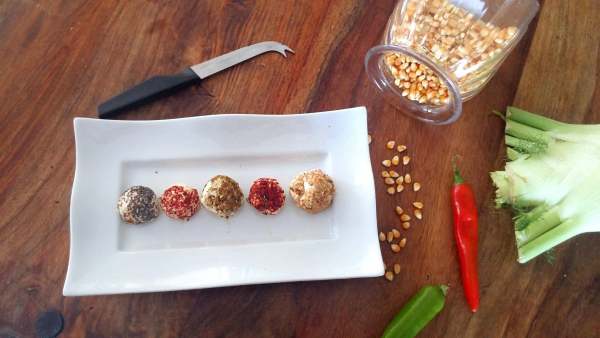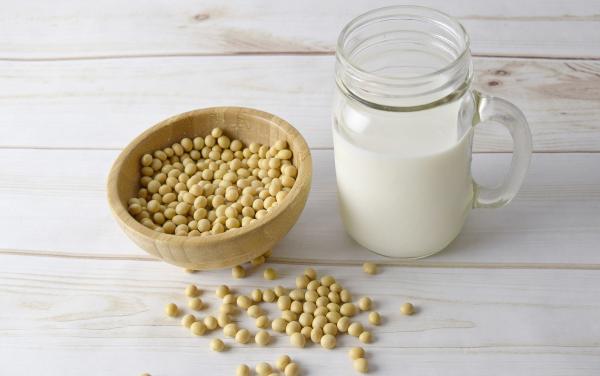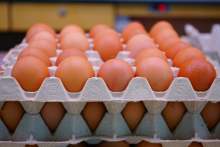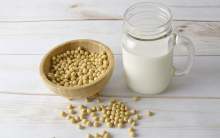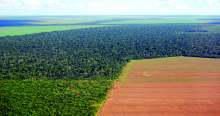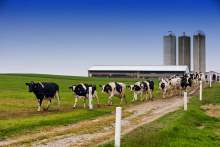Factory farming and antibiotic resistance
In 2020, the World Health Organisation (WHO) warned that antibiotics were already failing and that
“without urgent action we are heading for a post-antibiotic era in which common infections and minor injuries can once again kill”.
It says that this is “one of the biggest threats to global health, food security, and development today.”
Over time and due to their overuse and misuse, antibiotics become less effective as bacteria adapt to them and build up resistance. Across the world, it’s estimated that 73% of antibiotics are used on farm animals. A piglet will often receive its first antibiotics within hours of being born. Throughout their life, many animals will be fed antibiotics in their food and water, not to treat illness but to prevent disease or promote growth.
This overuse of antibiotics is intertwined with factory farming. Preventative use of antibiotics allow farms to continue keeping animals including fish in cramped, unhealthy and confined conditions, which would otherwise cause the spread of disease. Antibiotics are also used to make animals grow faster on less food, a key aim of factory farming.
According to Compassion in World Farming, “In the UK, British livestock farmers have made good progress in reducing their antibiotic use, and farm antibiotic use now accounts for about 30% of all British antibiotic use. British pig and poultry farmers have reduced or, in some cases, ended routine use. This progress is welcome, however, much more needs to be done, as antibiotic use remains too high.”
Some alternative animal farming systems, such as organic, ban the routine use of antibiotics. Read more about these certifications here in our article on animal welfare including certification schemes.
Factory farming and zoonotic diseases
An estimated 60% of known infectious diseases and up to 75% of new or emerging infectious diseases are transmitted from animals to humans. These include Ebola and Covid19.
Some of these are transmitted from wild animals, but World Animal Protection says that factory farming also has a significant role to play:
“Driven by global demand for cheap animal foods, the industrialisation of animal production has resulted in a focus on fewer and more genetically similar productive livestock breeds. The transition from subsistence and extensive to more commercial and intensive factory farming systems has resulted in the greatest zoonotic spill overs, because of higher livestock stocking densities, poor hygiene, lower animal welfare standards, and genetically similar breeds with less resilience to disease. Factory farming of pigs, for example, promoted transmission of swine flu due to a lack of physical distancing between animals. Moreover, as livestock population densities increase, more natural habitats are converted into farmland (for grazing or animal feed), which in turn reduces biodiversity and, thus, the ability of ecosystems to provide crucial functions, such as disease regulation or dilution.”
